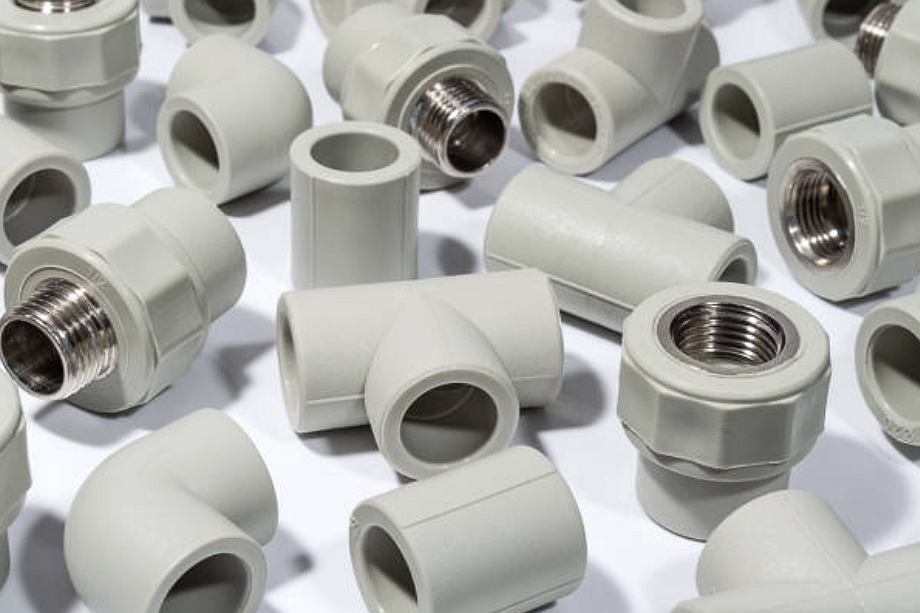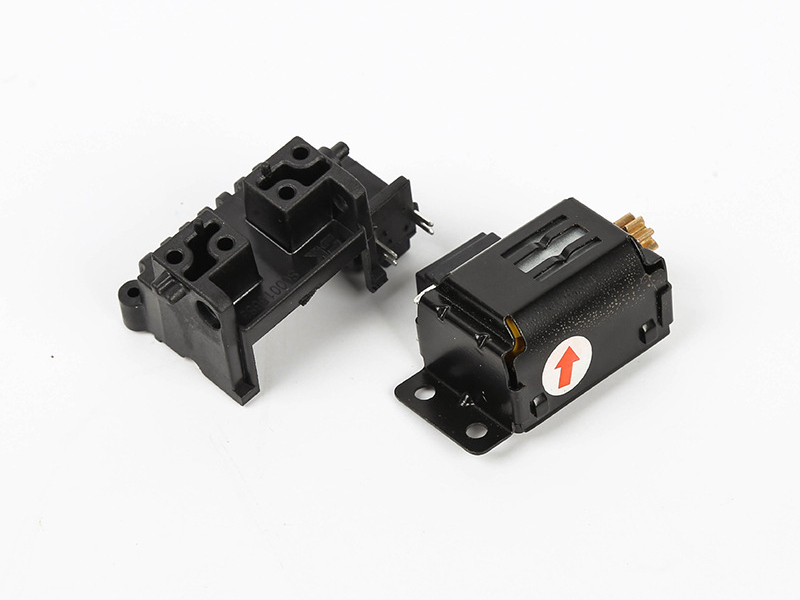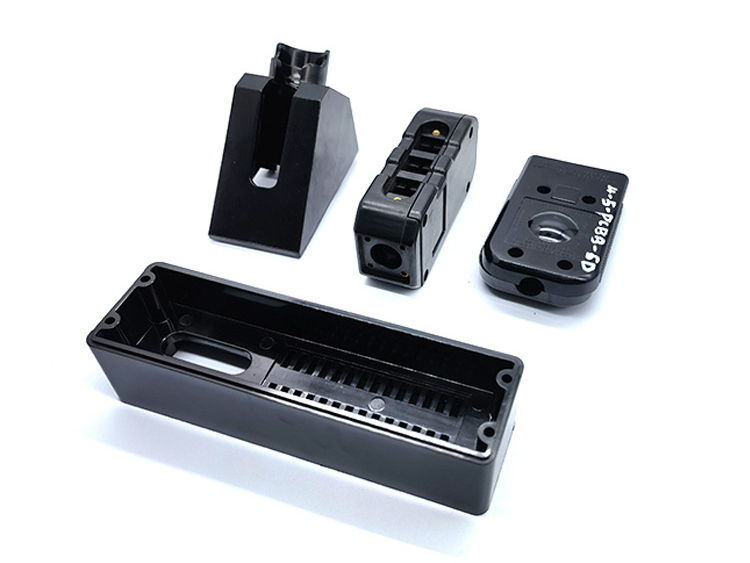What is insert molding, and how does it differ from traditional molding processes?
What Is Insert Molding, and How Does It Differ from Traditional Molding Processes?
Insert molding is a specialized injection molding technique where one or more preformed components—typically metal inserts like screws, pins, or threaded bushings—are placed into the mold cavity before plastic is injected. Once the molten plastic flows around the insert and solidifies, it forms a strong, unified structure with embedded functionality.
This process is widely used across industries such as automotive, medical devices, and consumer electronics to reduce assembly time, enhance part strength, and improve product reliability.
Key Characteristics of Insert Molding
Combines plastic and metal (or multiple plastics) in a single molding cycle
Creates a strong mechanical bond between the insert and the surrounding resin
Inserts may be loaded manually or via automation, depending on volume
Reduces the need for adhesives, secondary fastening, or post-molding assembly
How Insert Molding Differs from Traditional Injection Molding
Aspect | Traditional Injection Molding | Insert Molding |
|---|---|---|
Materials Used | Single thermoplastic material | Thermoplastic + metal or other insert |
Assembly Steps | May require post-molding insertion of fasteners | Inserts are molded into the part during injection |
Functionality | Limited to plastic-only features | Adds structural support, threads, or electrical contacts |
Tooling | Standard cavity/core molds | Custom molds with insert-positioning features |
Applications | Enclosures, brackets, basic structural parts | Embedded threads, electrical connectors, sensor housings |
Benefits of Insert Molding
Stronger joints: Eliminates the loosening or misalignment associated with fasteners
Reduced labor: No need for post-mold assembly of inserts
Improved precision: Ensures exact alignment of threaded or electrical components
Enhanced durability: Ideal for parts exposed to mechanical load or vibration
Compact design: Integrates multiple functions into one molded part
Common Applications
Automotive: Threaded mounts, engine sensor housings, metal-to-plastic mounts
Medical: Needle hubs, surgical tool components, implant-grade connections
Consumer Products: USB ports, headphone jacks, battery terminals
Industrial: Valve bodies, threaded housings, machine enclosures
How Neway Delivers Insert Molding Excellence
Neway Precision offers:
Tight tolerance insert positioning with ±0.01 mm precision
Manual and automated insert loading systems for low and high volumes
Expertise in bonding plastics with stainless steel, brass, aluminum, and copper
Full DFM support to optimize mold and insert alignment



